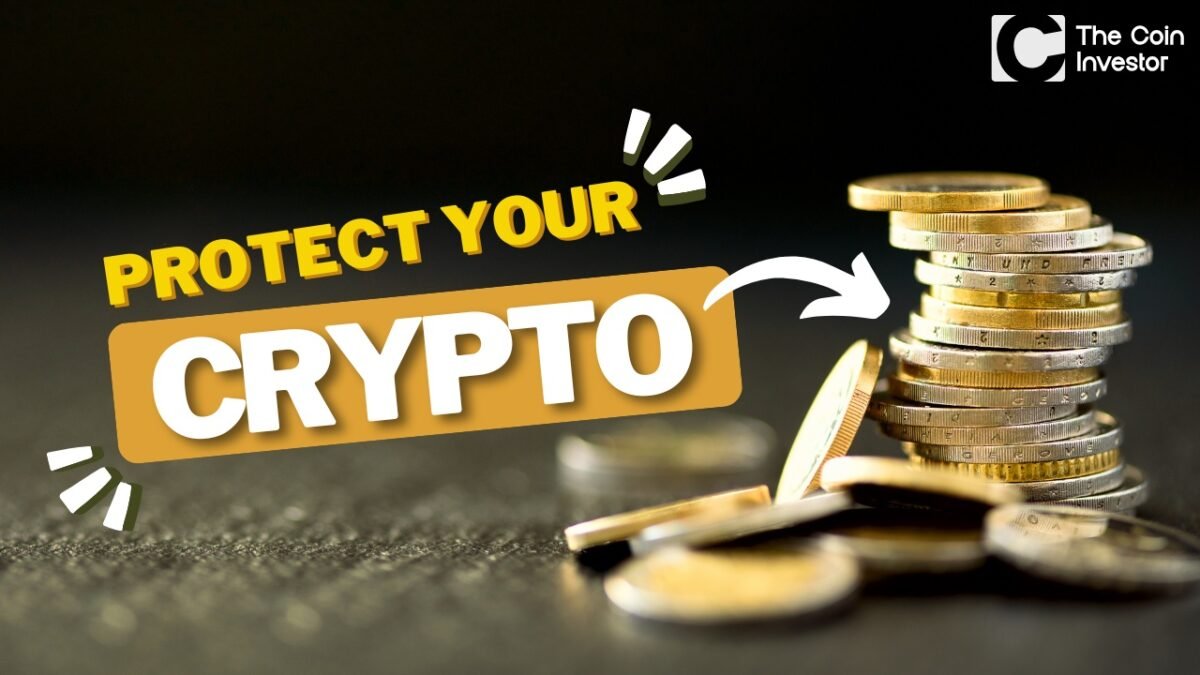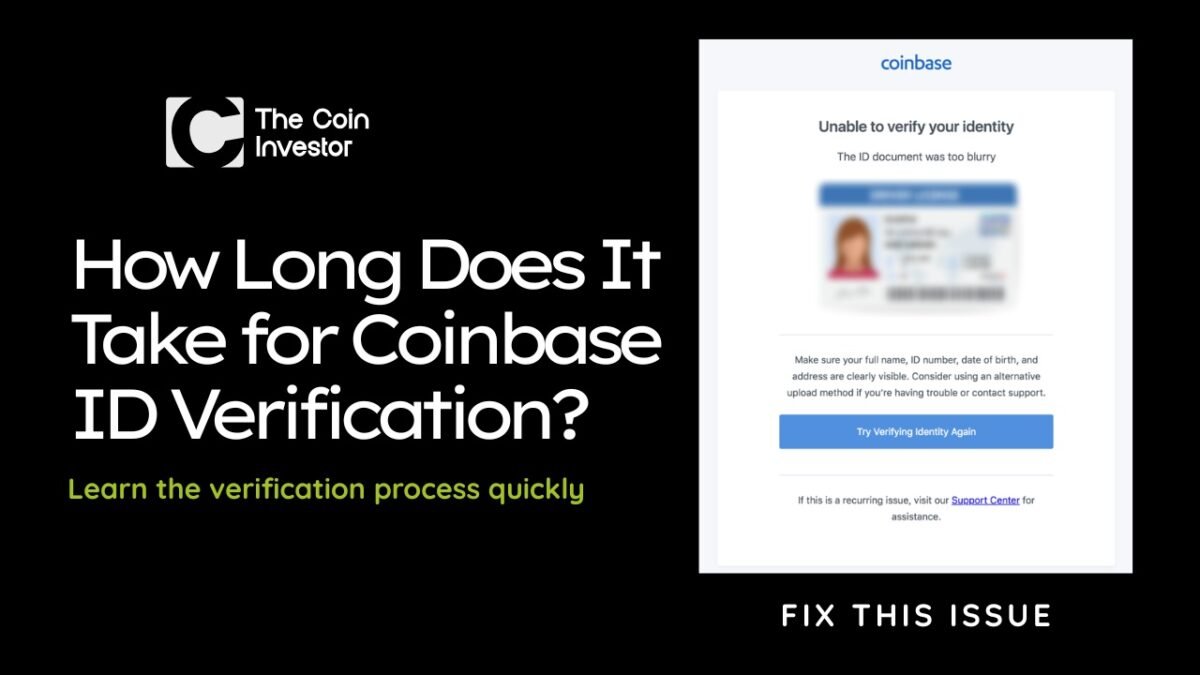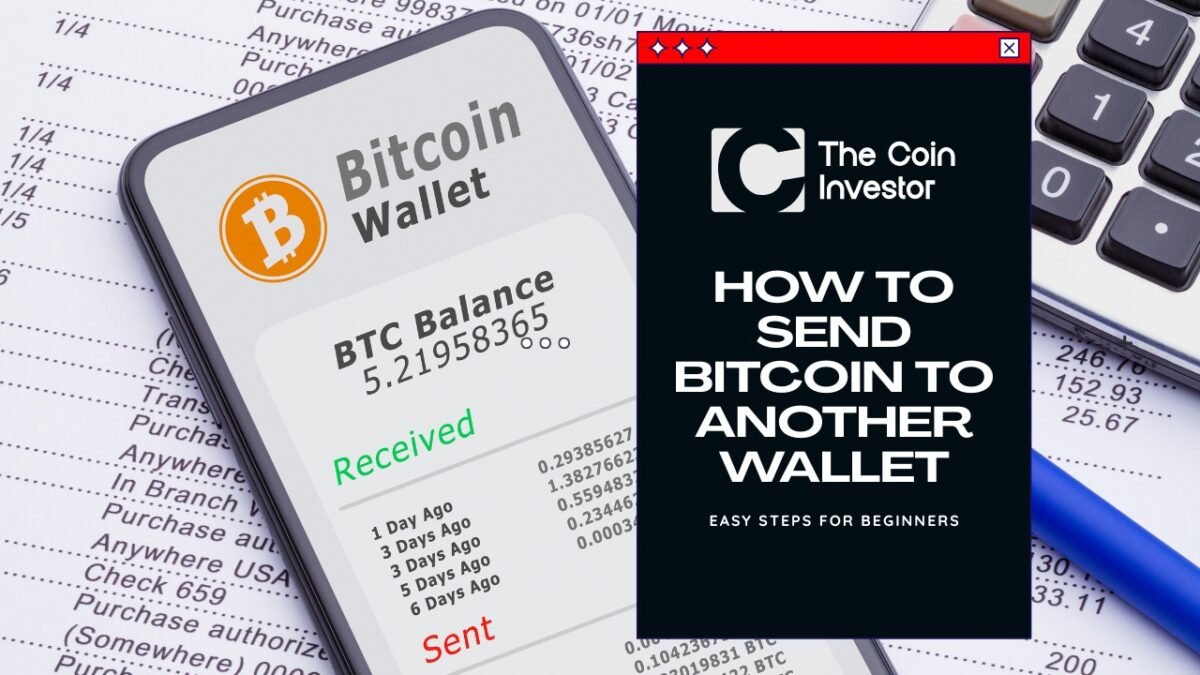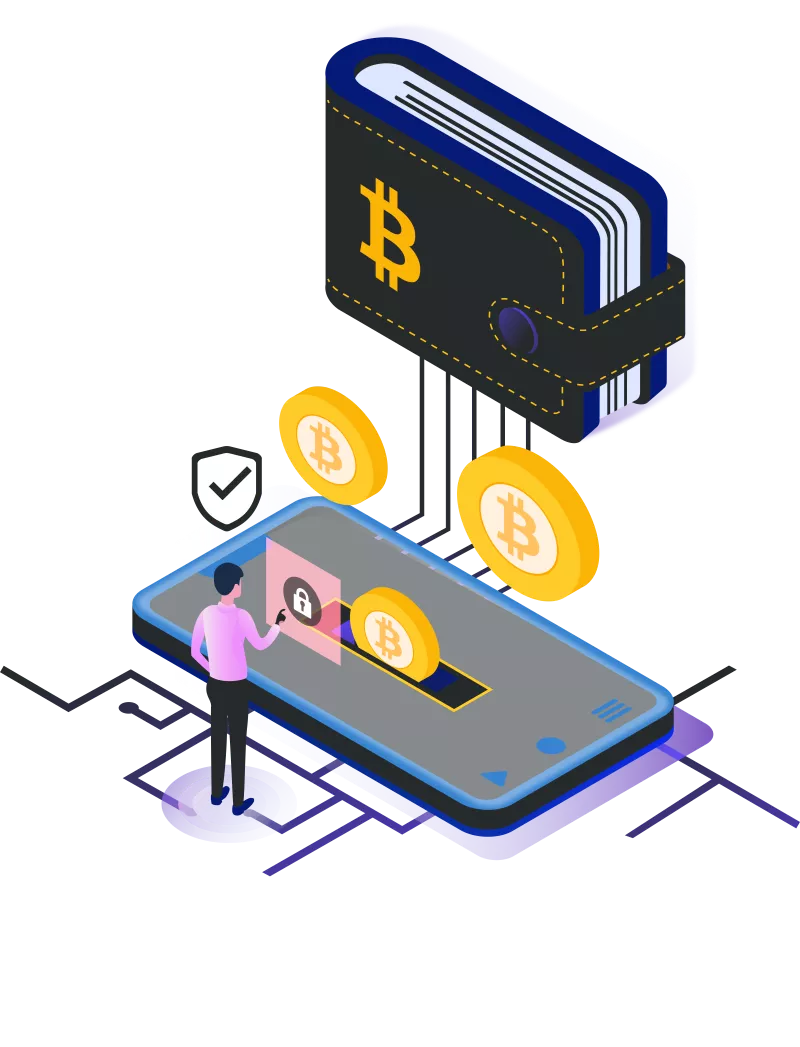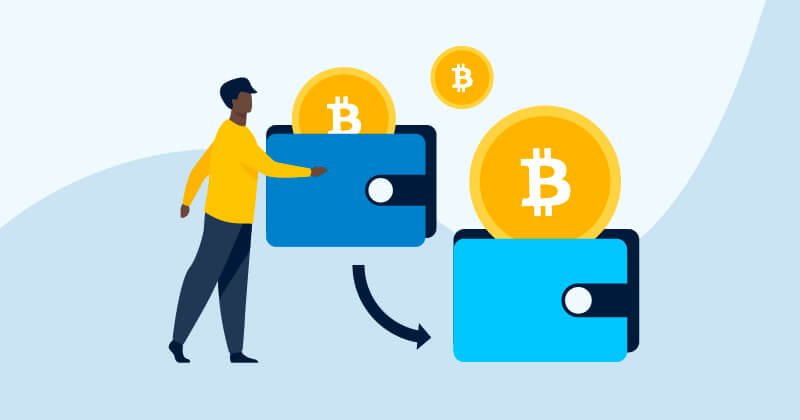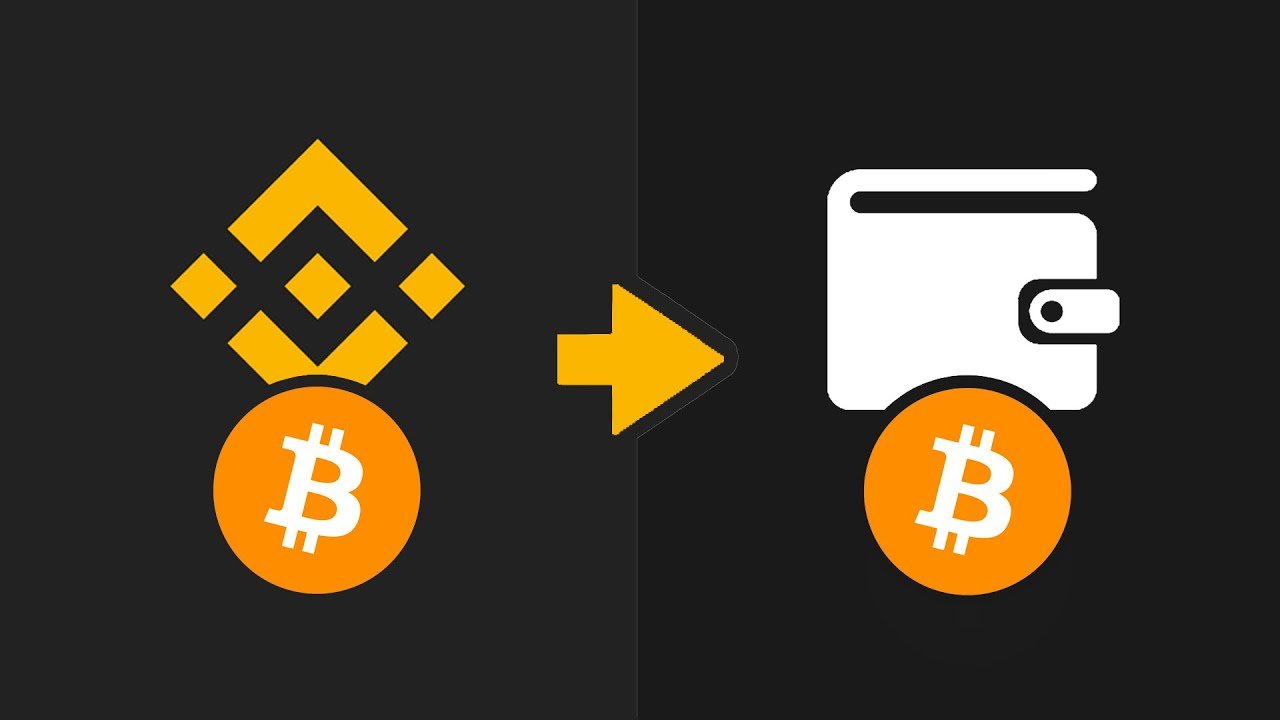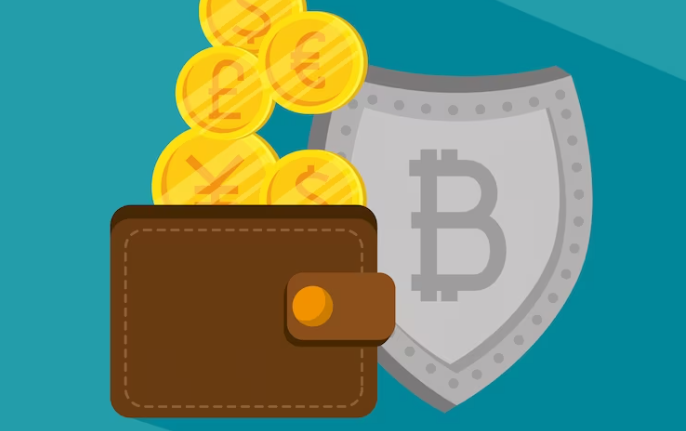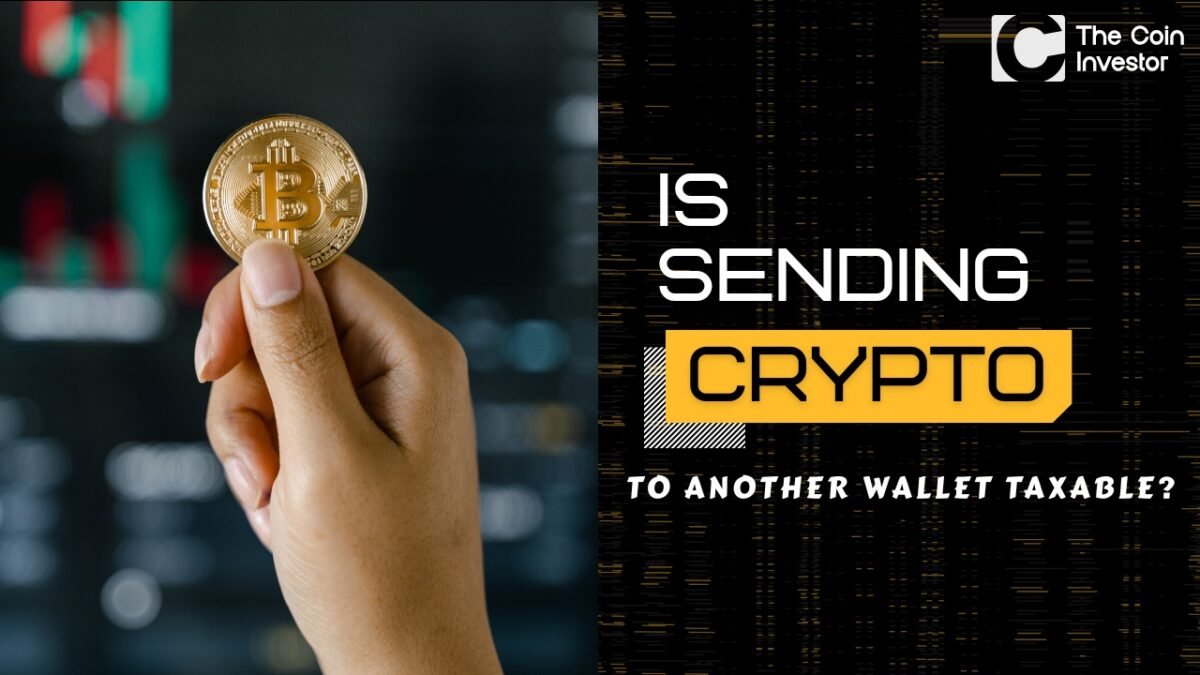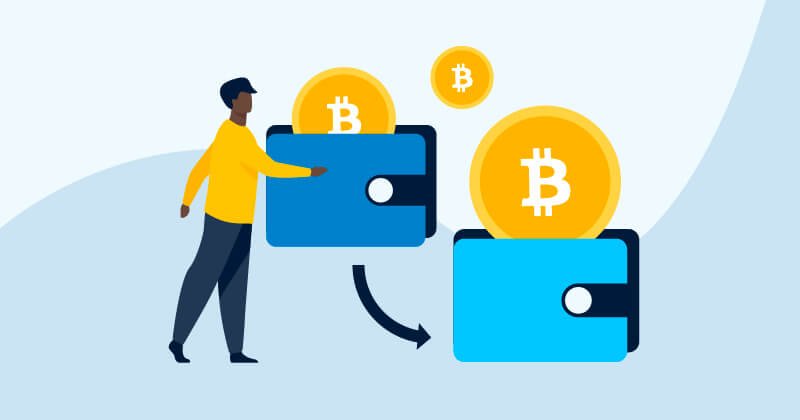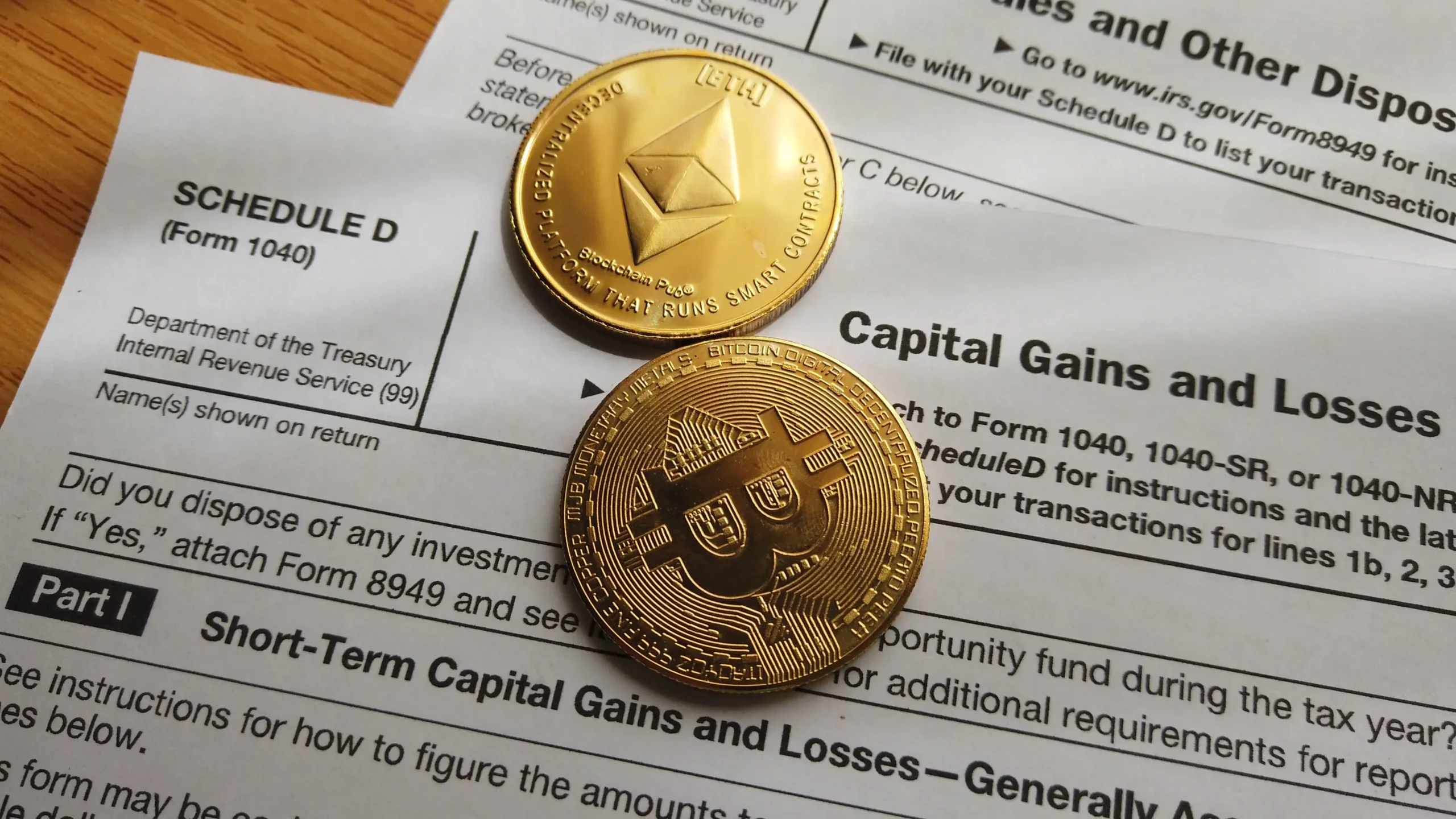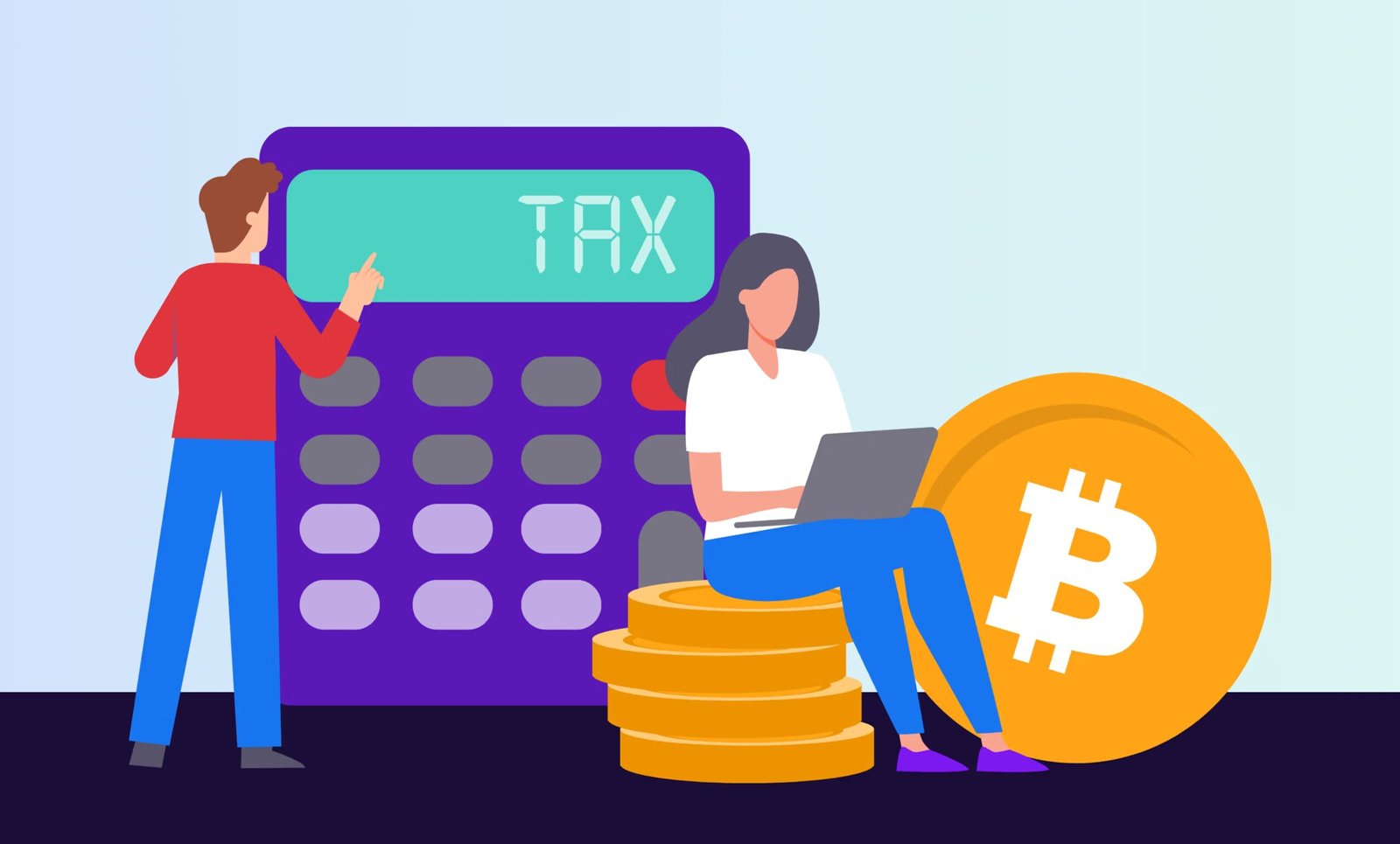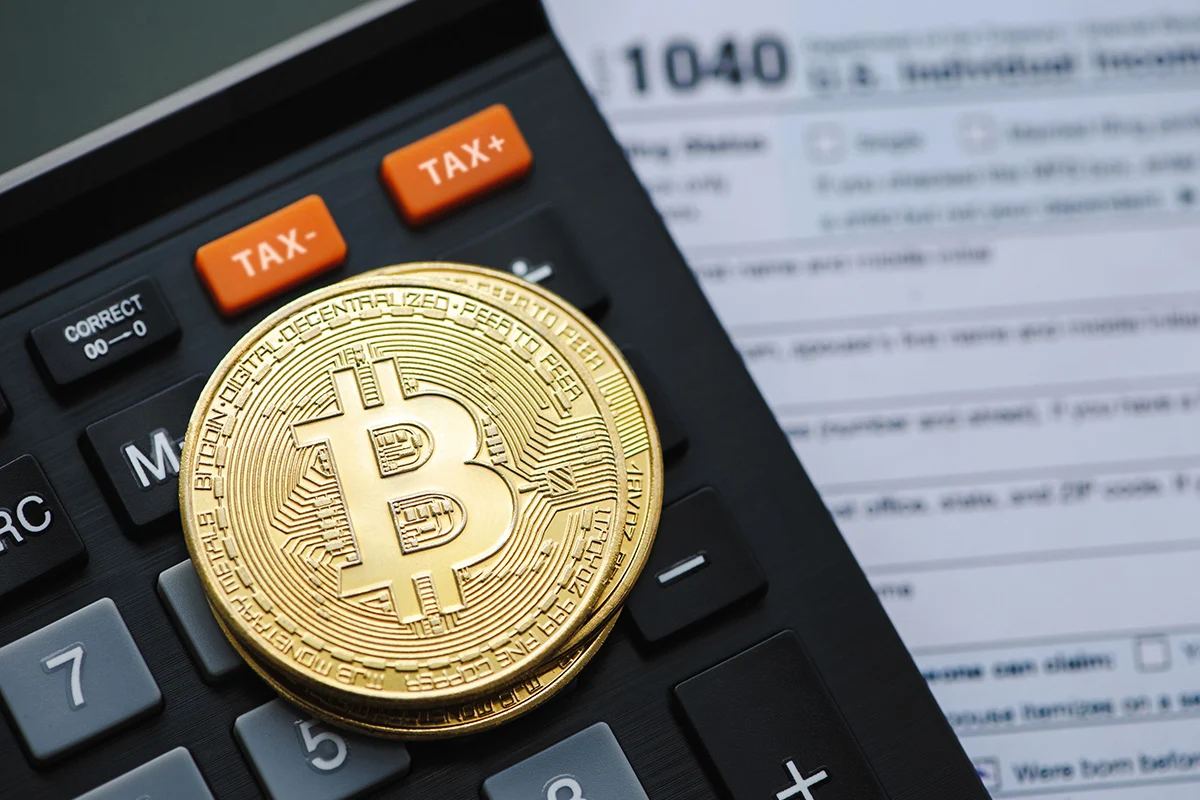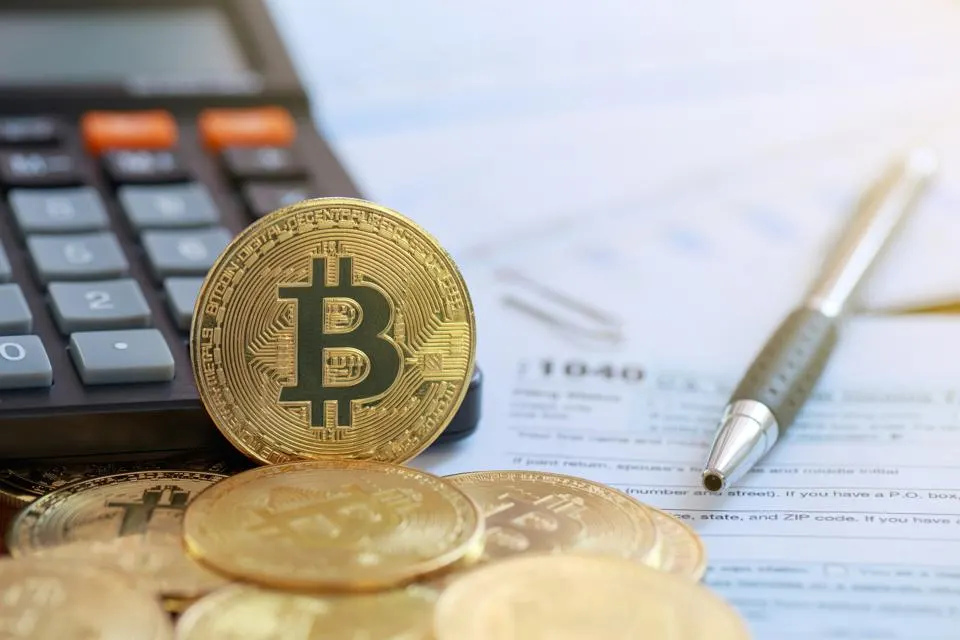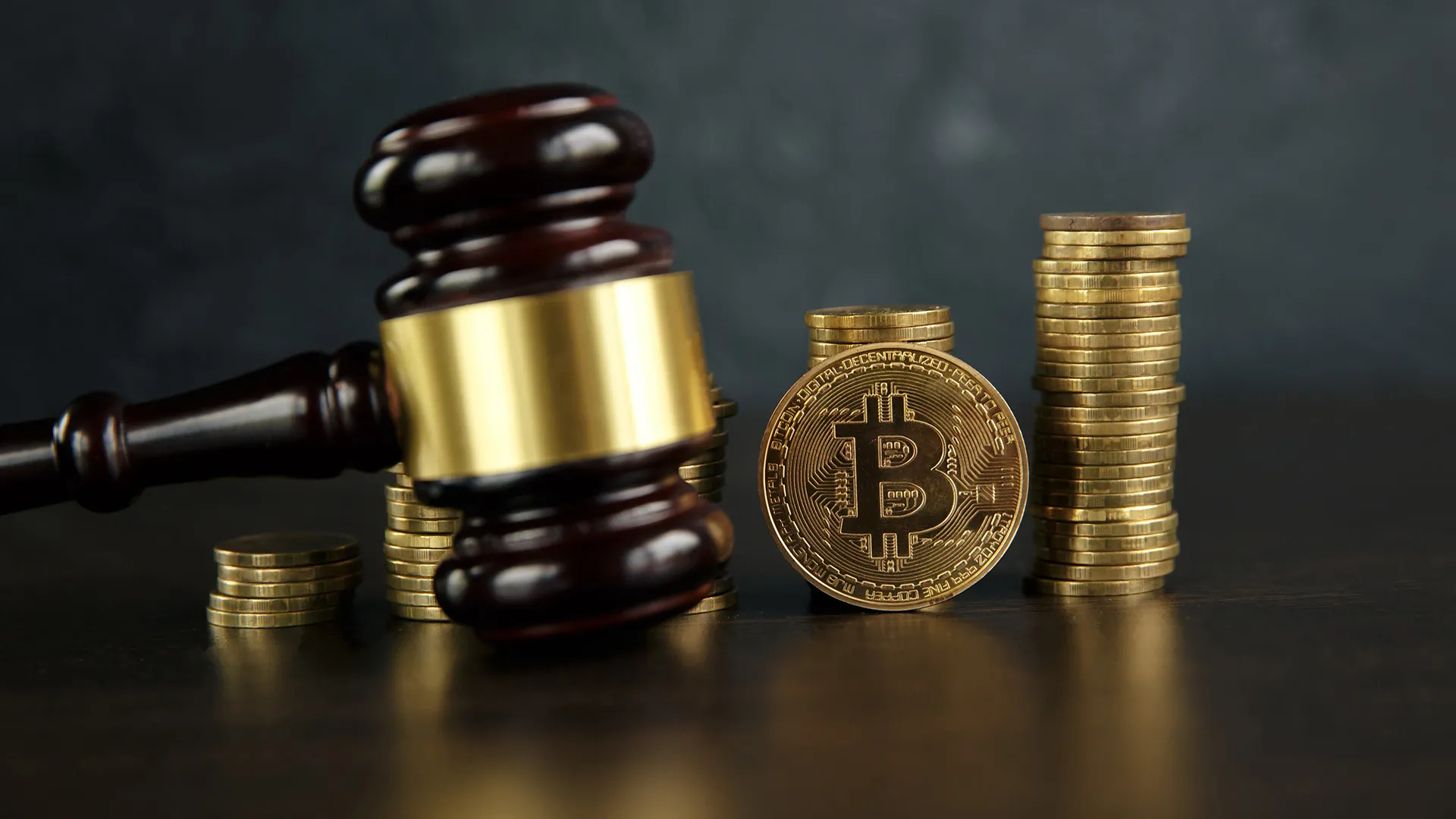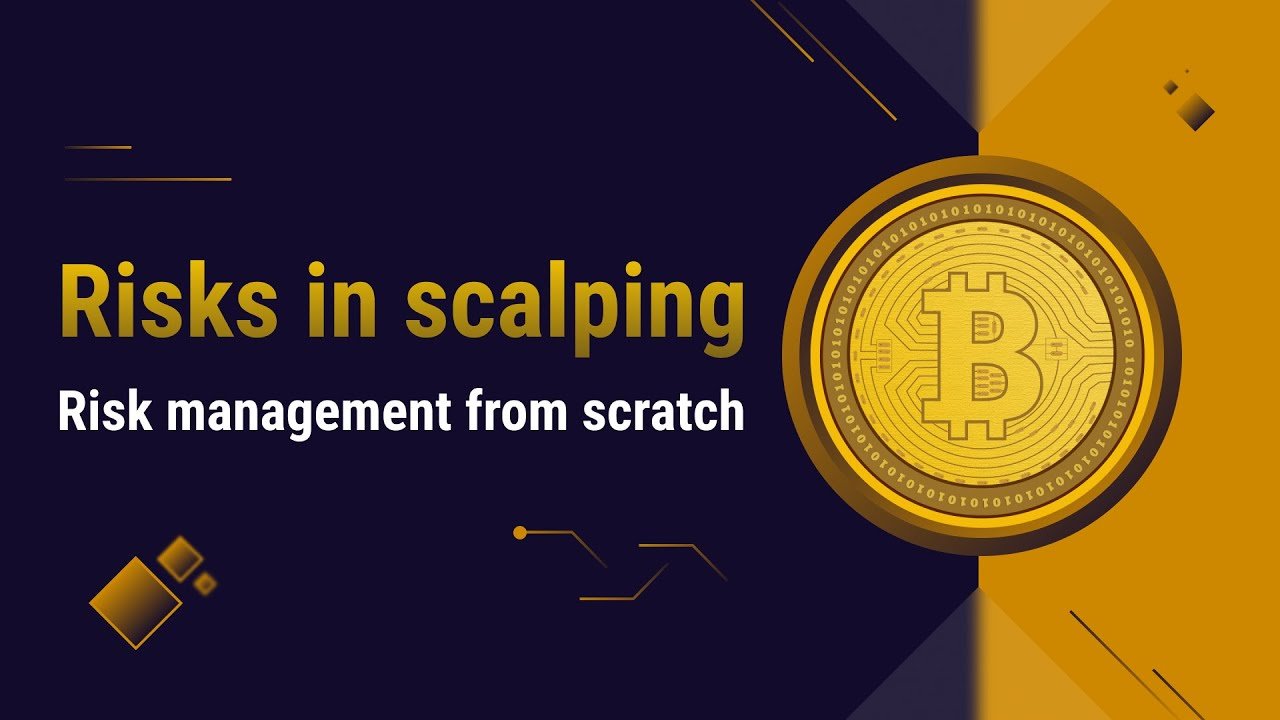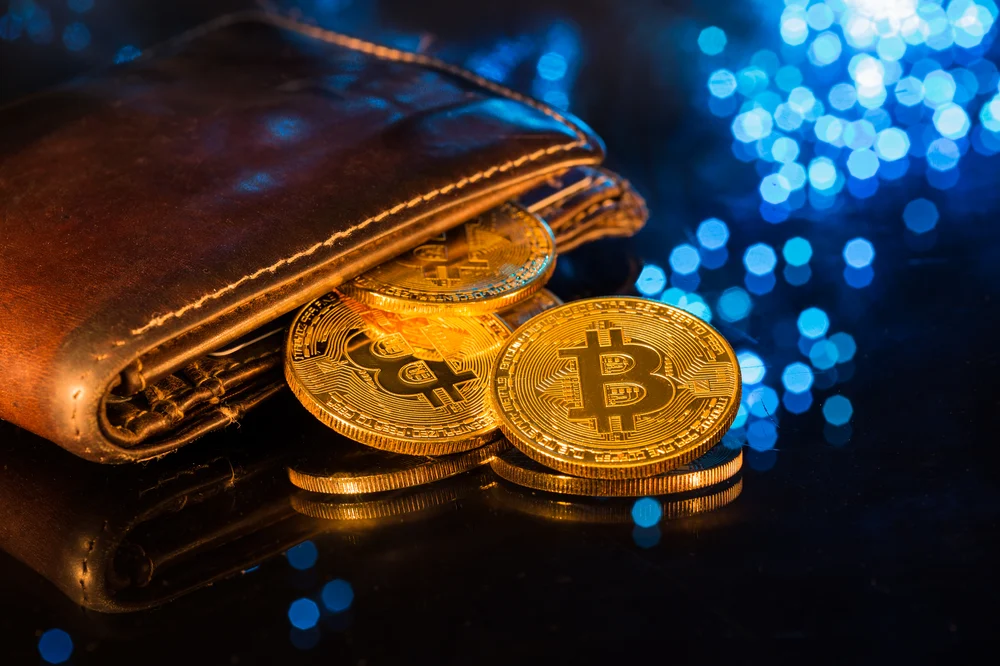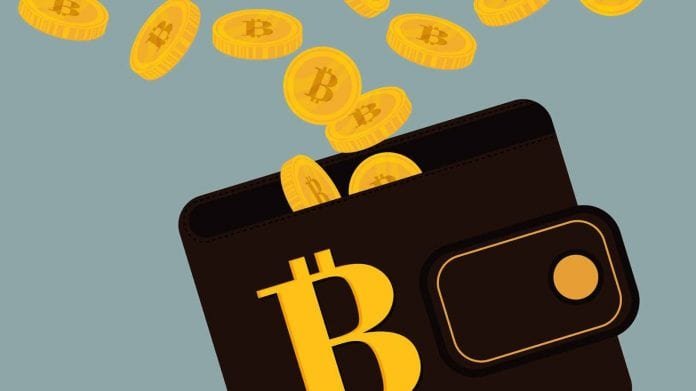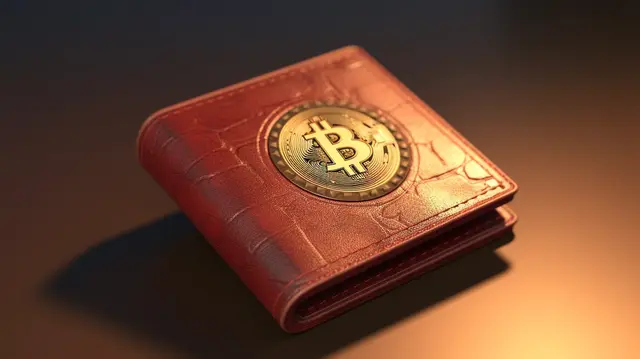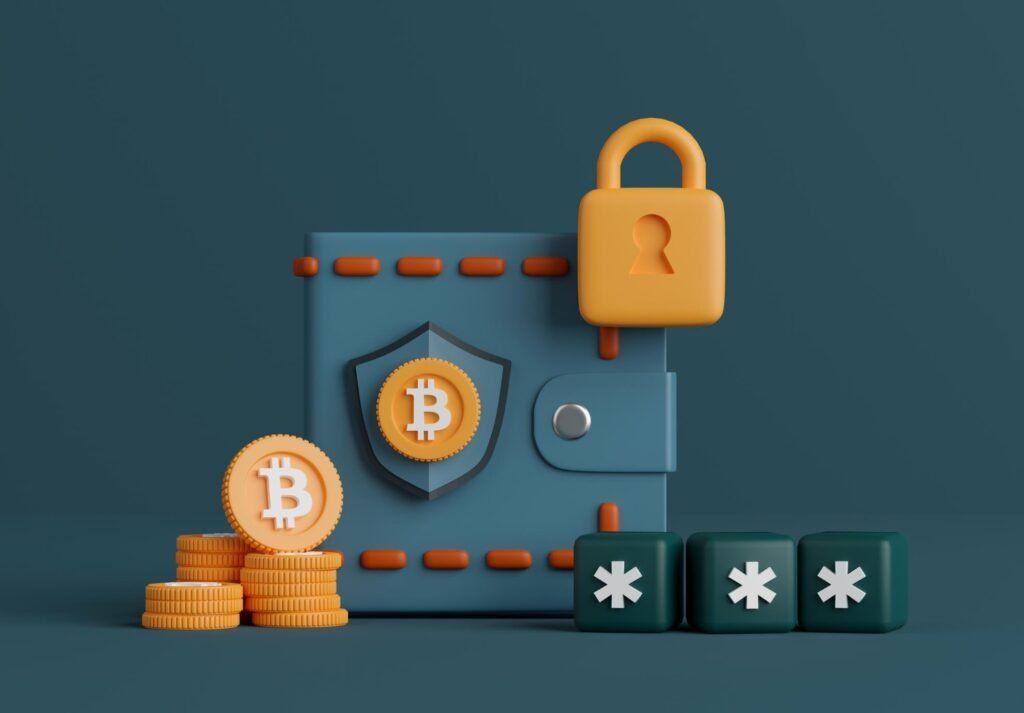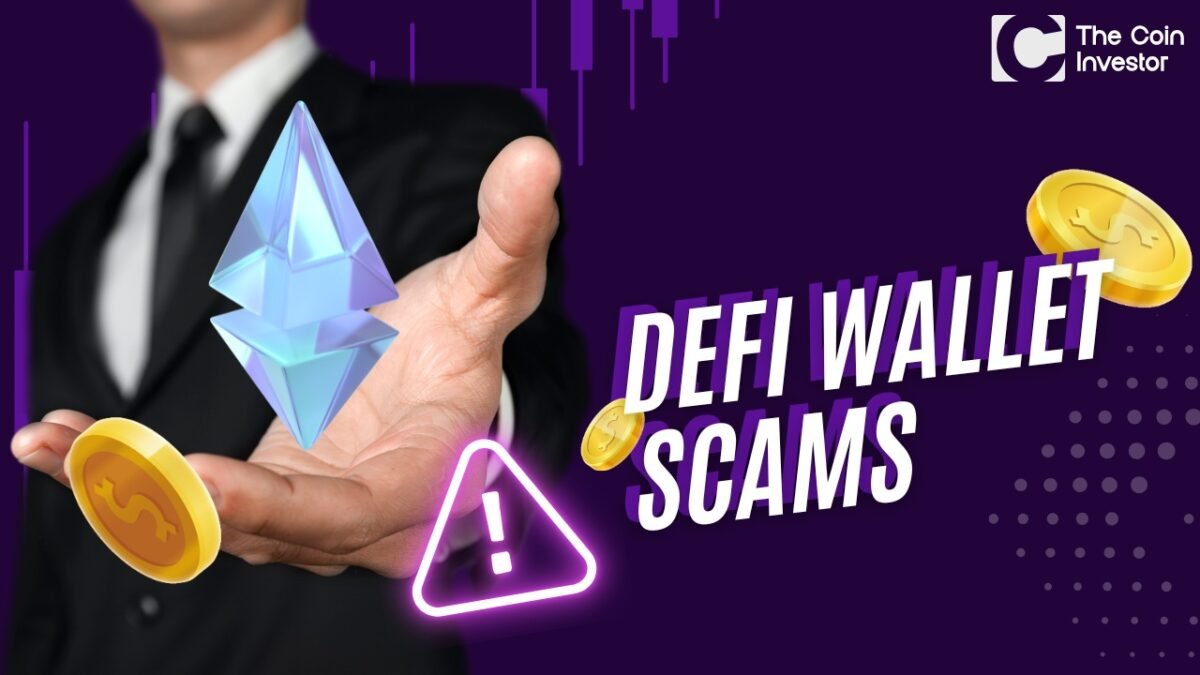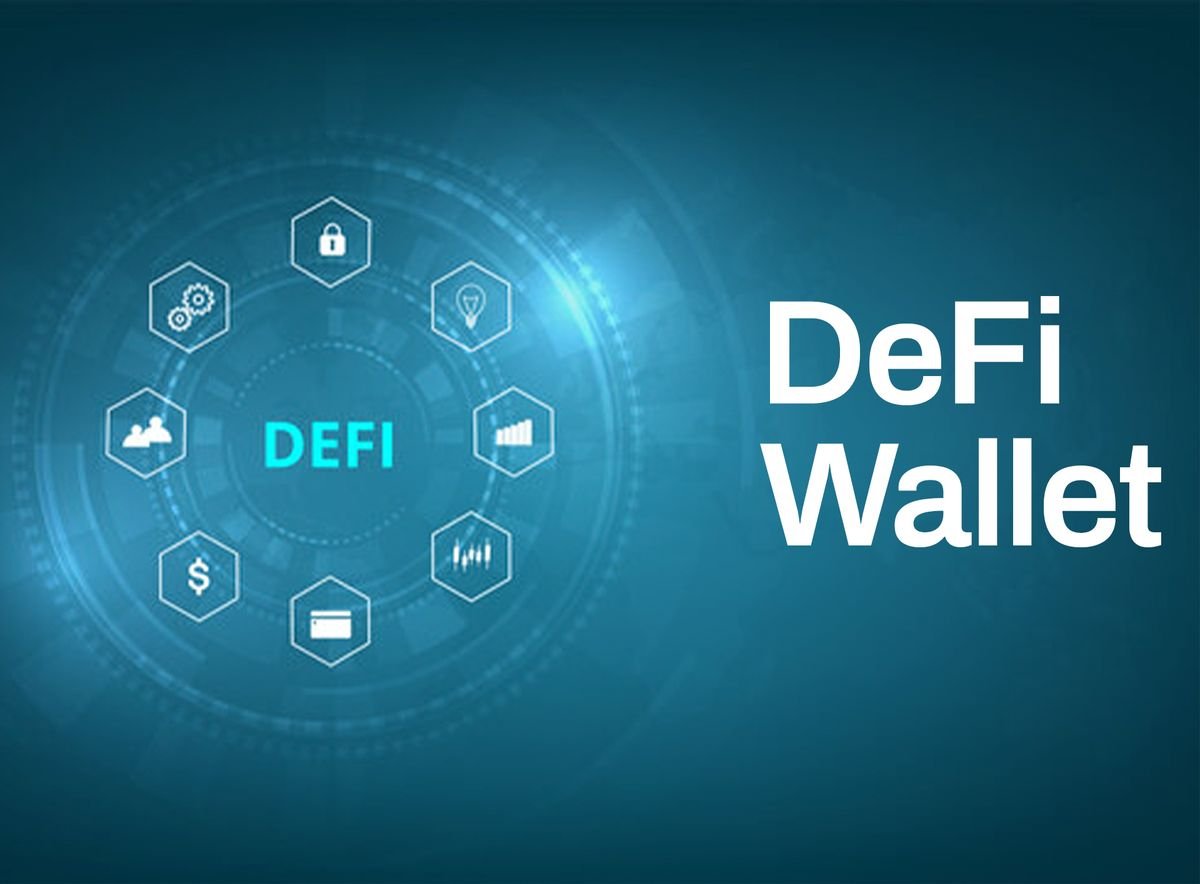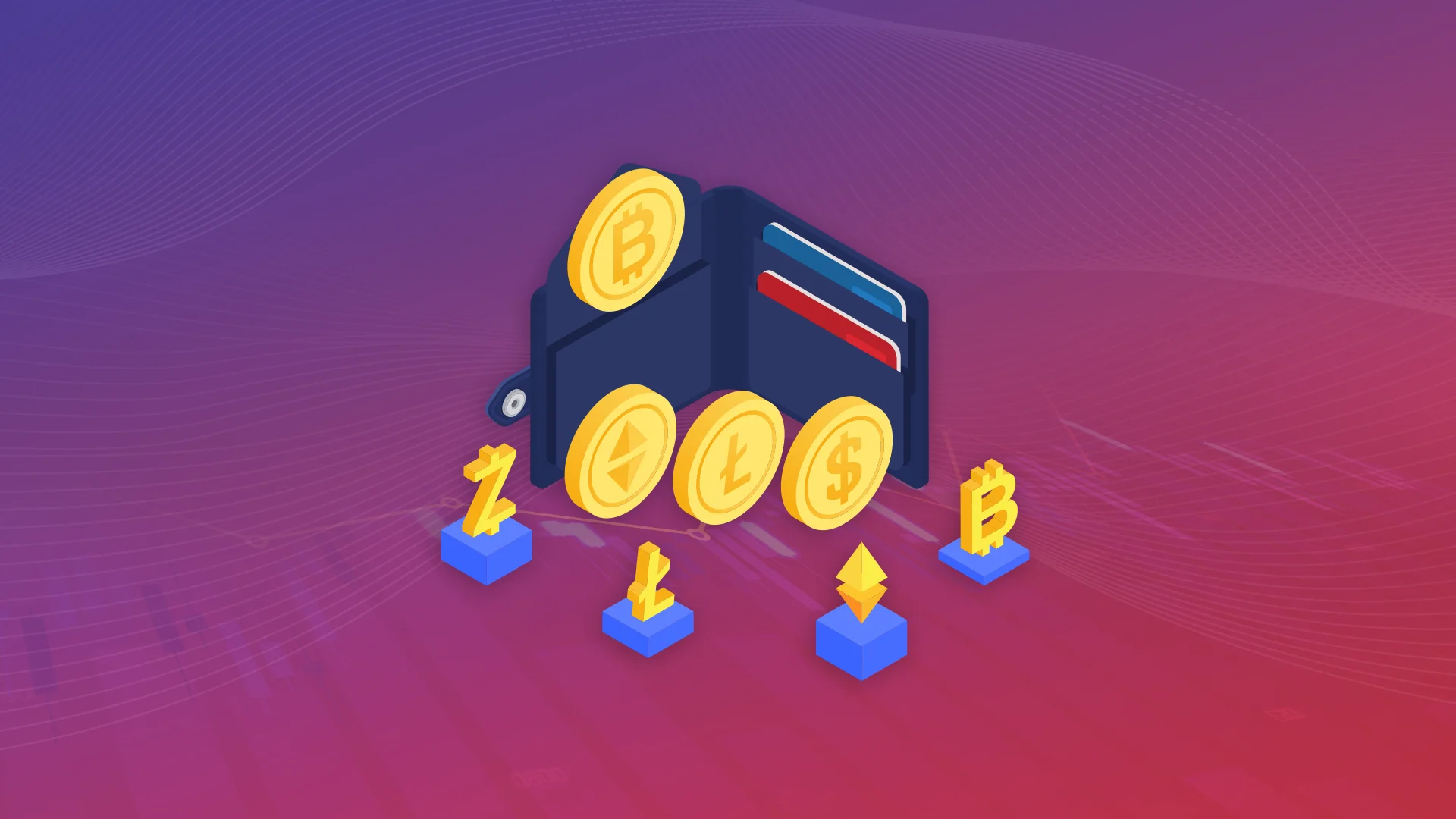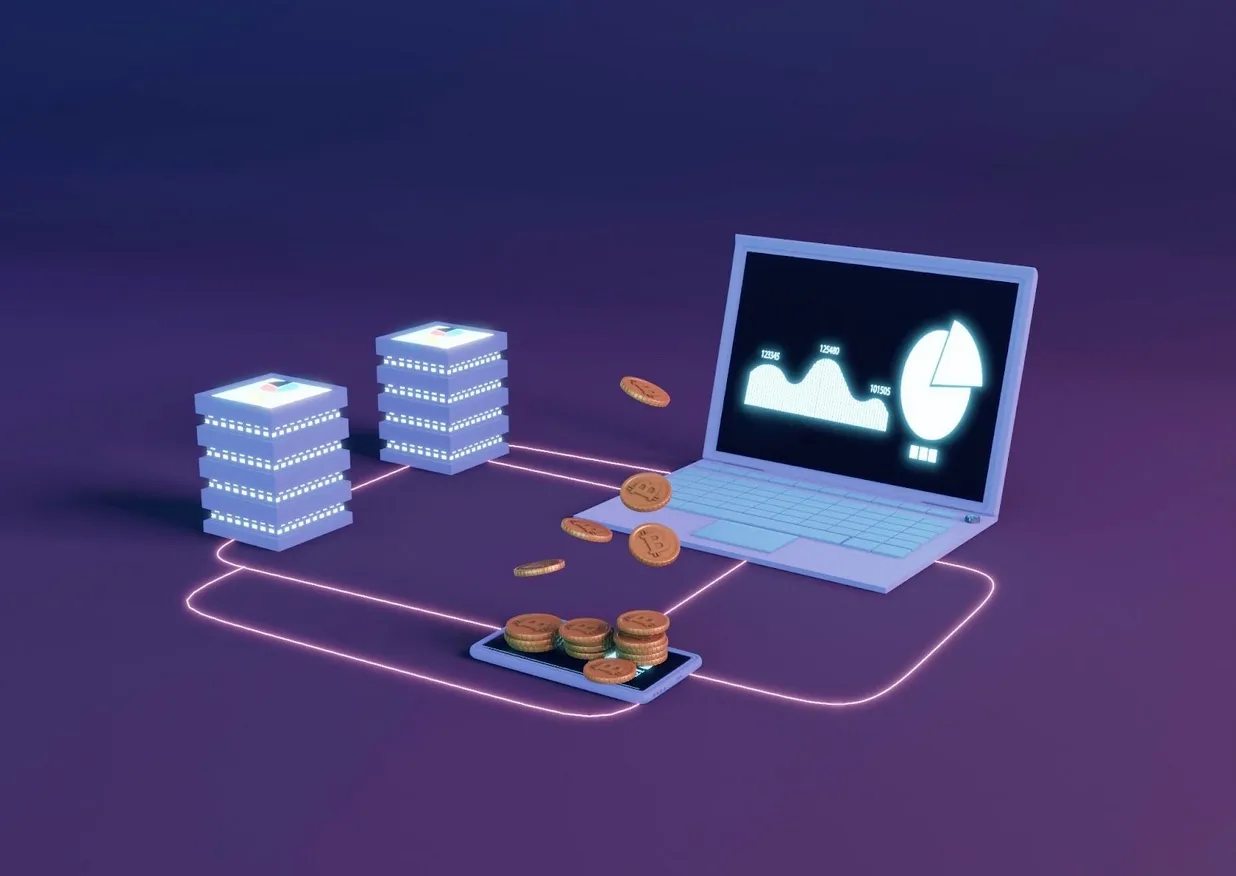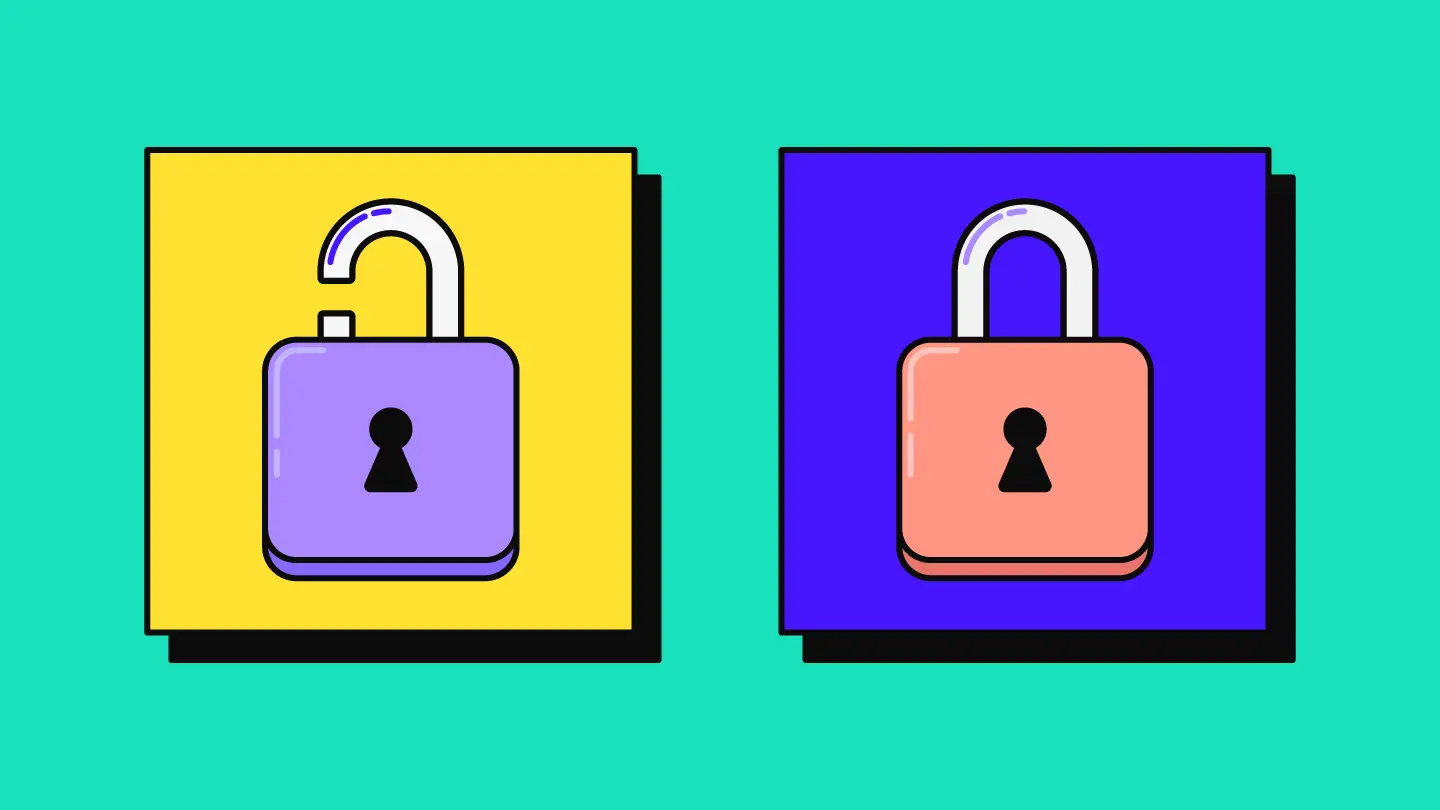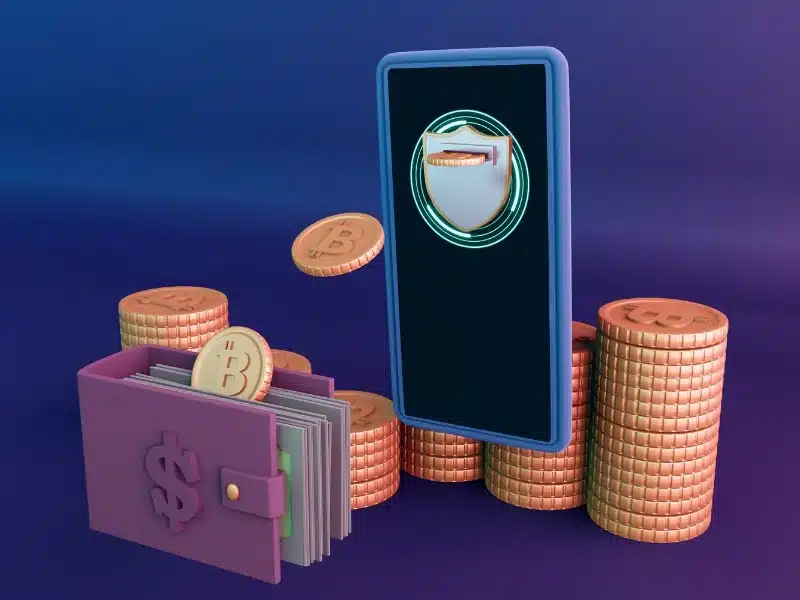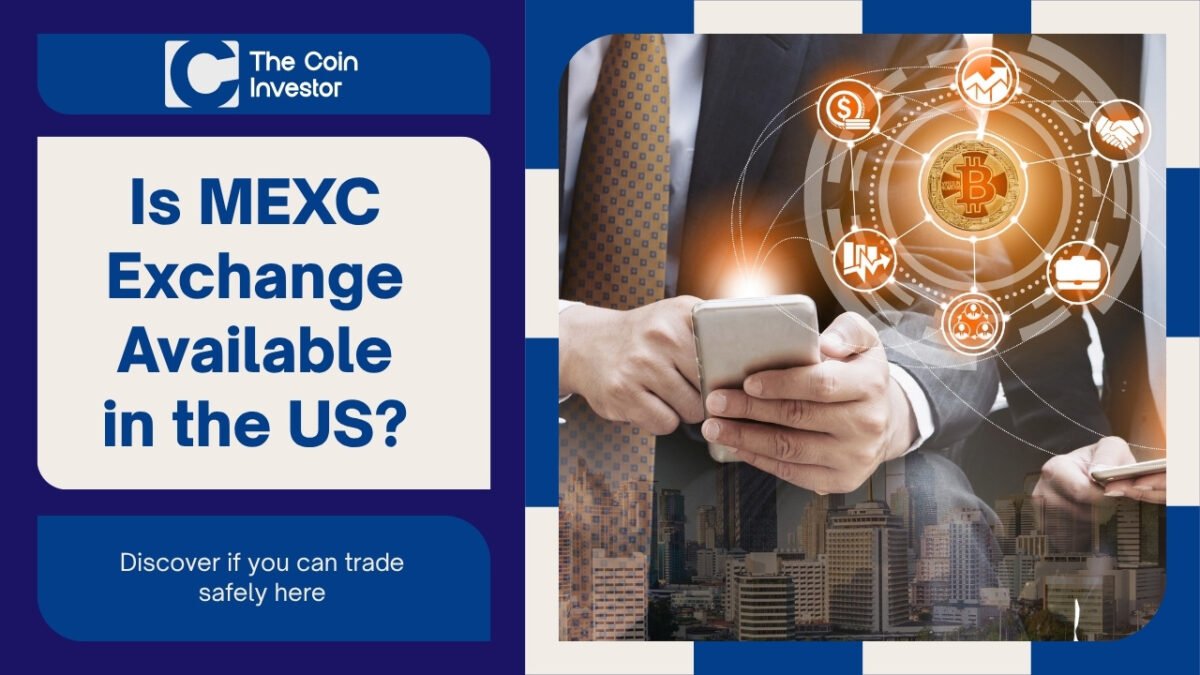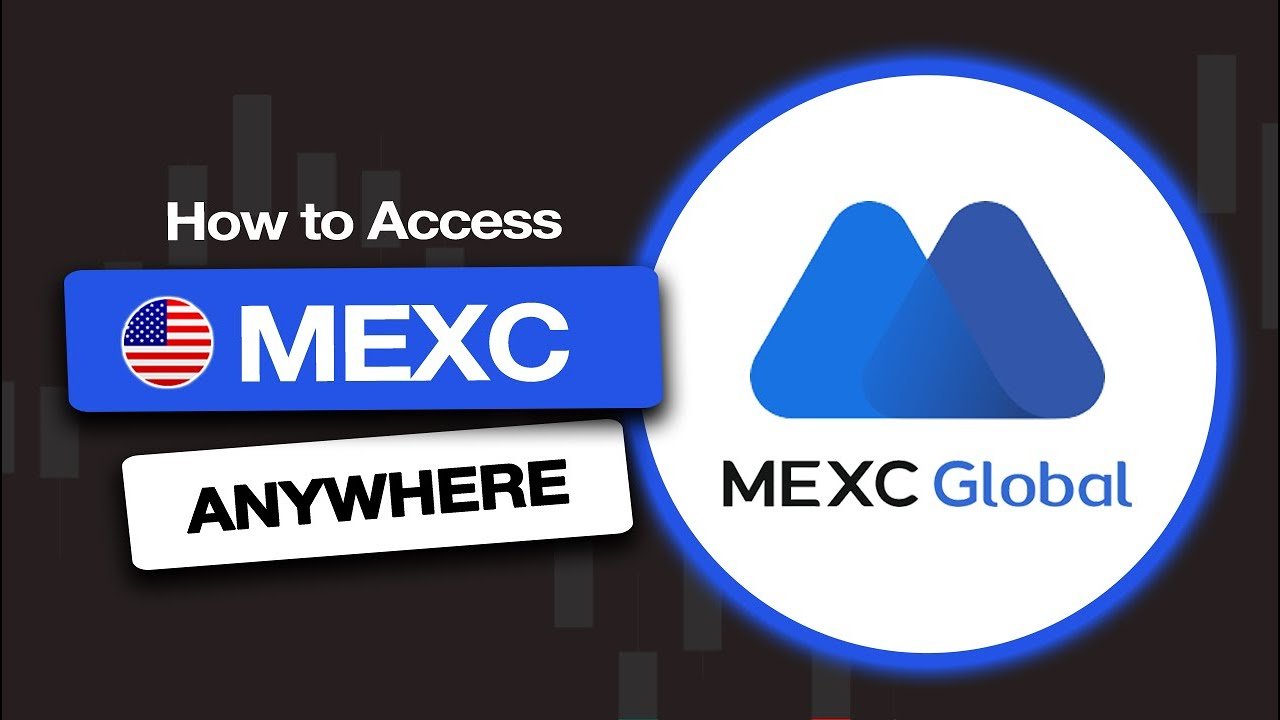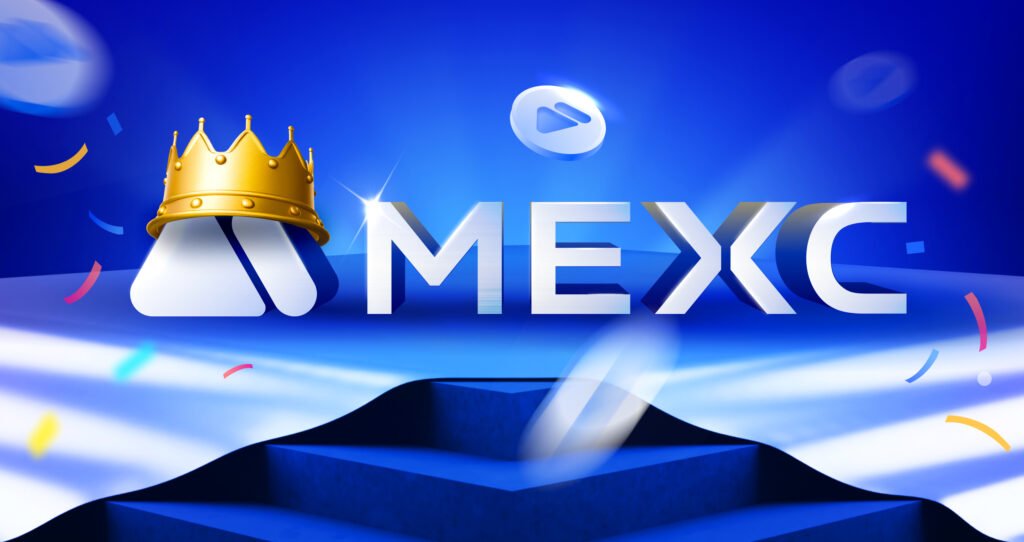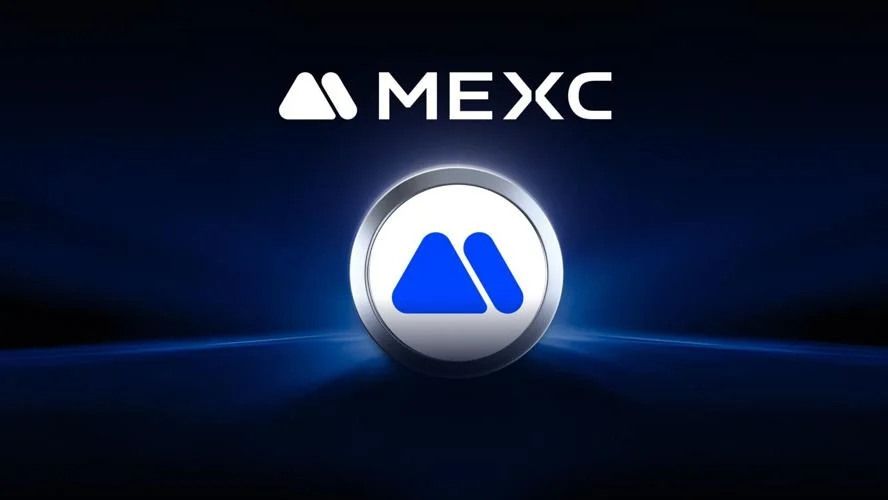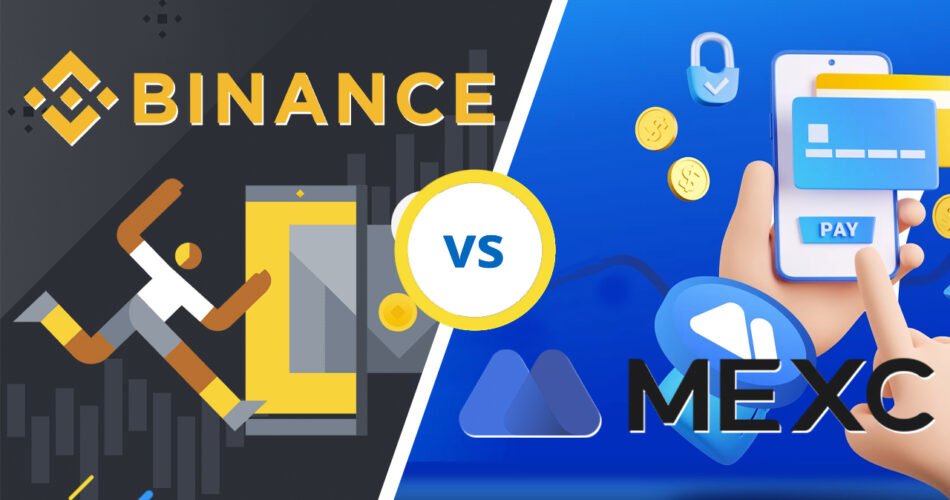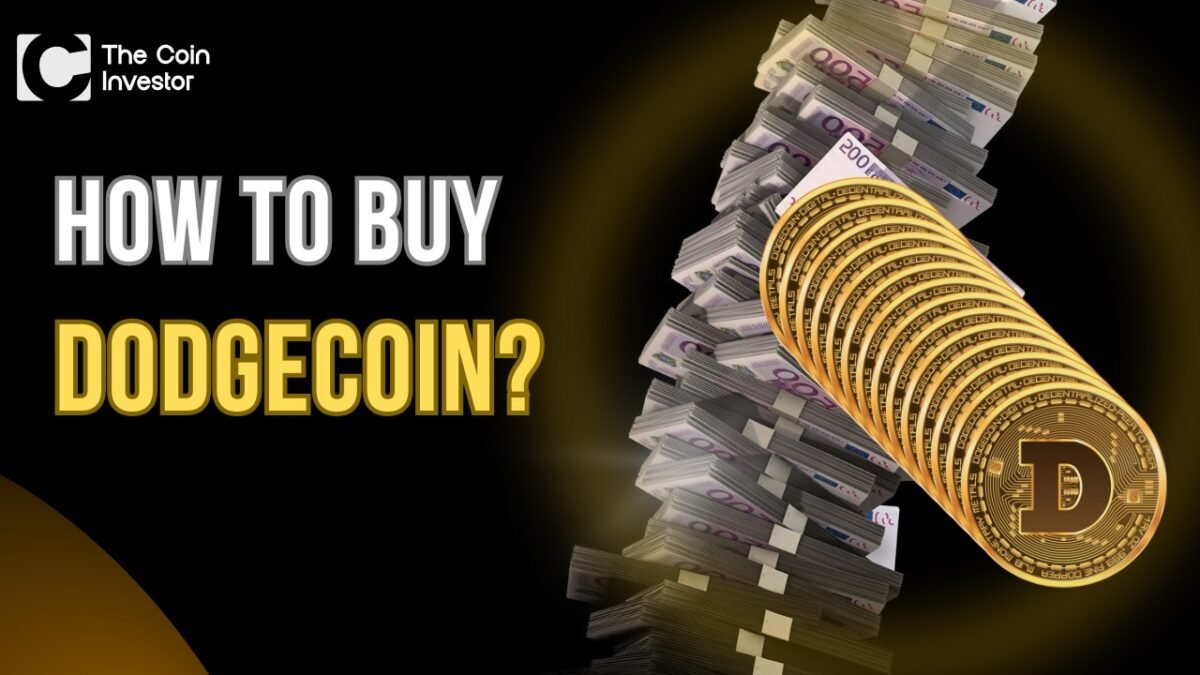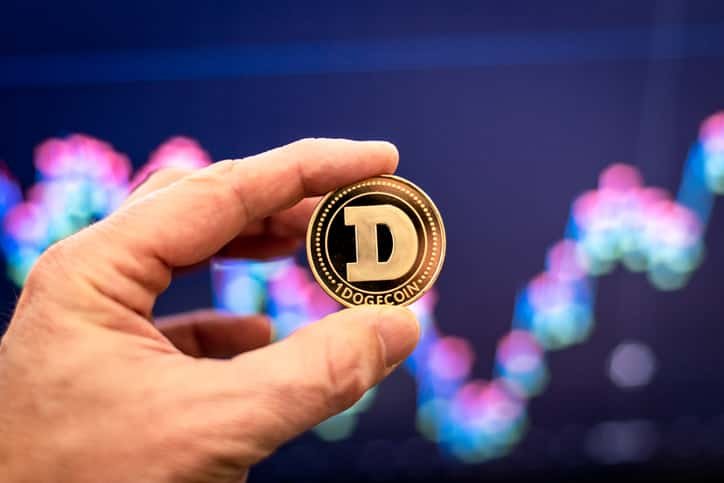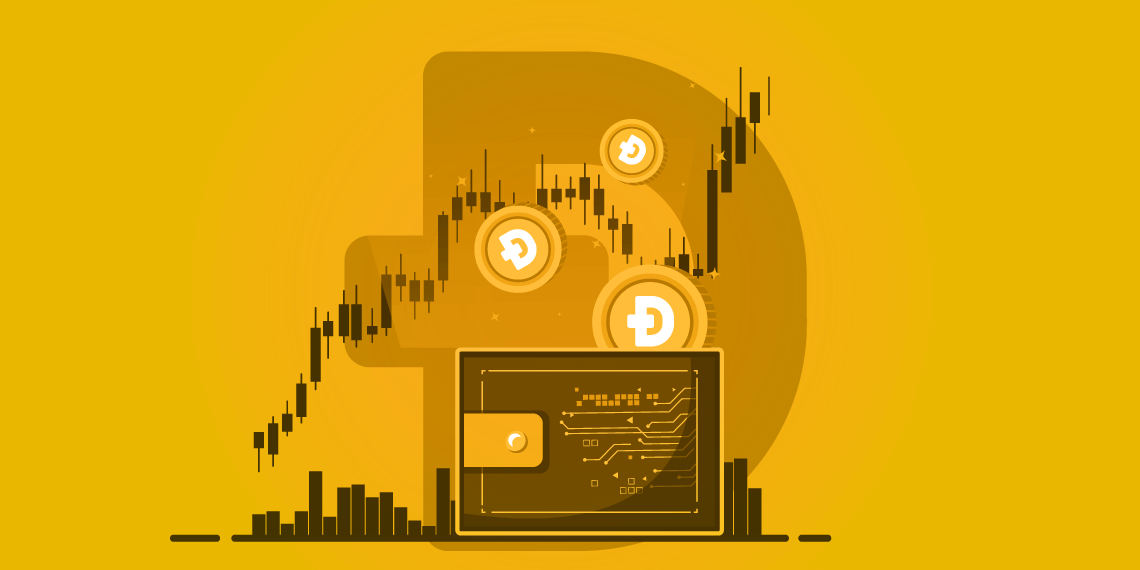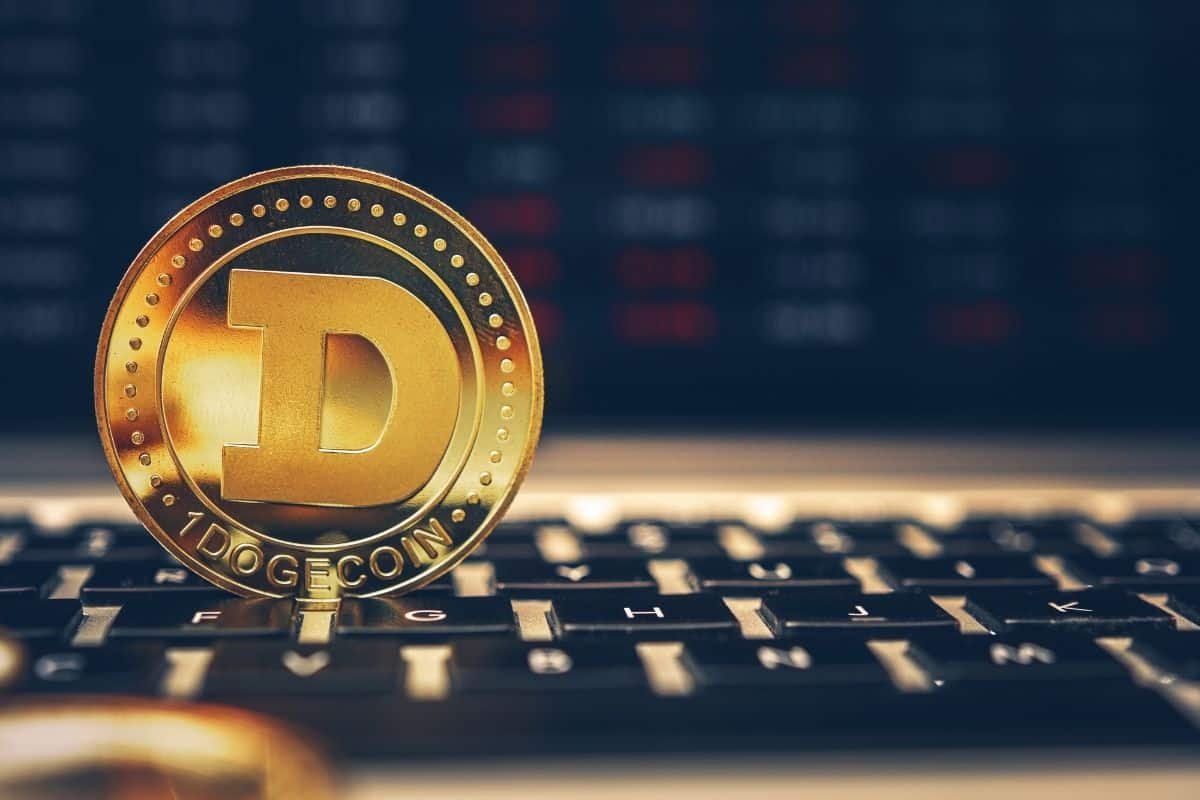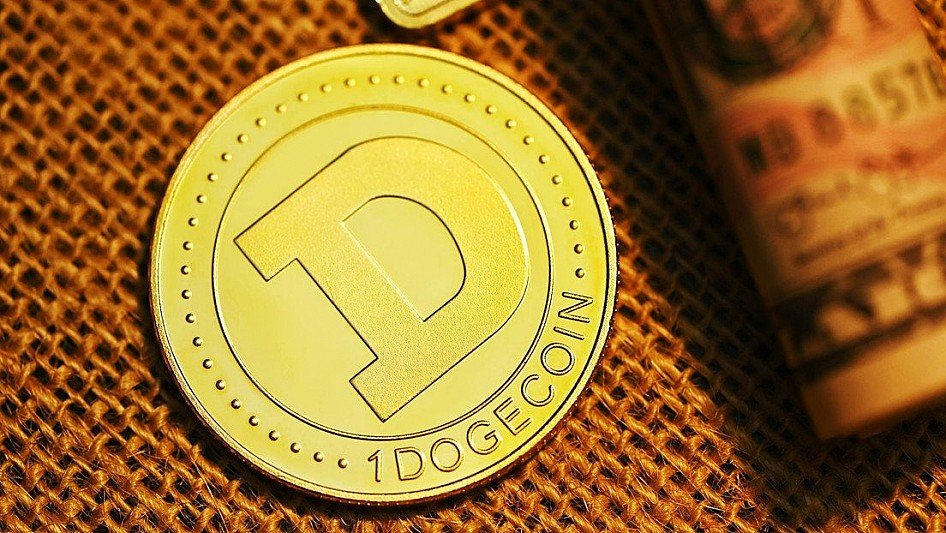A Bitcoin wallet address is your unique ID on the Bitcoin blockchain. It is like an email address for online messages.
Creating a BTC address is important if you want to invest in Bitcoin, get payments, or store digital money safely. This address lets others send you Bitcoin while keeping your private key safe.
You need to make some choices in this process. For example, pick the right type of wallet and add security steps. There are many options available. These include secure hardware wallets and easy-to-use mobile apps. It is important to learn how to create and manage your Bitcoin addresses. Doing this helps keep your crypto assets safe.
What is a BTC Address?

A BTC address is a special mix of letters and numbers. It acts like your public ID on the Bitcoin network.
This is like a bank account number, but it provides more safety and control for users. These addresses usually have 26 to 62 characters. They begin with certain letters based on their type.
Your wallet’s public key creates them. You use these addresses to get funds. Unlike bank accounts, you can make Bitcoin addresses right away. You can have many addresses from one wallet.
This helps keep your crypto safe and organized.
Types of Bitcoin Addresses

Bitcoin has evolved over time, introducing different address formats with varying features and benefits.
Understanding these types helps you make informed decisions about which address format best suits your needs.
- Legacy Addresses (P2PKH): These traditional bitcoin addresses start with the number “1” and were the original format. While still functional, they result in larger transaction sizes and typically higher fees.
- Nested SegWit Addresses (P2SH-P2WPKH): Starting with “3”, these addresses offer a compromise between compatibility and efficiency. They work with older systems while providing reduced transaction fees compared to legacy addresses.
- Native SegWit Addresses (P2WPKH): Also known as Bech32 addresses, these start with “bc1q” and provide the most efficient transactions with the lowest fees. They offer improved error detection and case insensitivity, making them more user-friendly.
- Taproot Addresses (P2TR): The newest address type, starting with “bc1p”, introduced advanced features like Schnorr signatures and enhanced privacy for multi-signature setups. They represent the cutting edge of Bitcoin technology.
Each address type represents an evolution in Bitcoin’s technology, with newer formats generally offering improved efficiency, lower fees, and enhanced features.
Creating A BTC Address

Creating a bitcoin address requires first setting up a bitcoin wallet that will generate and manage your addresses.
This wallet can be software-based (on your computer or phone) or hardware-based (a dedicated physical device).
Tools and Resources Needed

To create a BTC address, you’ll need the following:
- Bitcoin Wallet: Choose between a hardware wallet (physical device), software wallet (app or program), or online service based on your security needs and use case.
- Internet Connection: Initially required to download wallet software or set up a hardware wallet, though some wallets can function offline after setup.
- Verification Documents: Some wallet providers, particularly custodial ones, may require identity verification to comply with AML regulations.
- Backup Materials: Paper and pen or specialized backup tools for recording your seed phrase in a secure location.
- Device: Computer or smartphone with sufficient storage space for wallet software installation.
The most important decision is selecting the right type of wallet, as this determines the security level and ease of use when managing your bitcoin addresses.
Security Considerations Before Creating A BTC Address

Before generating your BTC address, consider these security factors:
- Custody Model: Decide between a custodial wallet (where a third party manages your private keys) and a non-custodial wallet (where you have full control and responsibility for your private keys).
- Private Key Security: Your private key provides full access to your bitcoin. Anyone with this key can control your funds, making its security paramount.
- Seed Phrase Protection: Most wallets provide a seed phrase (typically 12-24 words) that serves as a backup for your wallet. This phrase must be stored in a secure location, away from digital devices.
- Wallet Reputation: Research wallet providers thoroughly, as your choice directly impacts the security of your crypto assets.
Remember that unlike traditional banking, bitcoin transactions are irreversible and lack centralized customer support. If you lose access to your private keys or send funds to an incorrect address, recovery is typically impossible.
How to Make a BTC Address?

Creating your own bitcoin wallet address involves several steps, from selecting the appropriate wallet to generating and securing your address.
Step 1: Choose the Right Bitcoin Wallet
The first decision is selecting between different types of bitcoin wallets:
- Hardware Wallets: Physical devices like Ledger or Trezor that store your private keys offline, offering maximum security for significant holdings. These wallets connect to your computer or smartphone only when you need to make transactions.
- Software Wallets: Applications installed on your computer or smartphone that provide a good balance between security and convenience. Examples include Electrum for desktop and Coinbase Wallet or Exodus for mobile devices.
- Web Wallets: Browser-based wallets that offer convenience but typically with lower security unless they’re non-custodial.
- Paper Wallets: Physical documents containing your public and private keys, generated offline for cold storage.
Your choice should reflect your security needs, technical comfort level, and how frequently you plan to use your bitcoin.
Step 2: Setting Up Your Wallet Software
After selecting your wallet type, follow these general setup steps:
- Download and Install: Obtain the wallet software from the official website or app store to avoid fraudulent versions.
- Create a New Wallet: Launch the application and select the option to create a new wallet rather than importing an existing one.
- Set Strong Password: Create a unique, complex password for wallet login credentials-distinct from your private key.
- Write Down Seed Phrase: Most wallets will generate a seed phrase (12-24 random words) that serves as your wallet backup. Write this down on paper (not digitally) and store it in a secure location-ideally in multiple secure locations.
- Verify Seed Phrase: Many wallets require you to confirm your seed phrase by entering it back into the app, ensuring you’ve recorded it correctly.
- Complete Setup: Follow any additional security prompts specific to your chosen wallet.
For hardware wallets, the process typically includes connecting the device to your computer, installing companion software, and following the device’s setup instructions.
Step 3: Generating Your New BTC Address
Once your wallet is set up, generating a bitcoin address is straightforward:
- Navigate to Receive: Look for a “Receive” or “Request” button in your wallet interface.
- Generate Address: Your wallet will display a new BTC address. Some wallets automatically generate a fresh address for each transaction, while others require you to request a new one manually.
- Verify Address Format: Note whether your address begins with “1” (Legacy), “3” (Nested SegWit), or “bc1” (Native SegWit or Taproot) to confirm the address type.
- Copy or Display QR Code: Your wallet will provide options to copy the address text or display it as a QR code for easier sharing.
- Label Address (Optional): Some wallets allow you to label addresses for better organization, especially if you’re generating multiple addresses for different purposes.
Many modern wallets automatically generate a new address for each transaction to enhance your privacy, though the funds from all addresses are still accessible through your same wallet interface
How Does a BTC Address Work?

Understanding the technical aspects of bitcoin addresses helps you appreciate their security features and limitations.
Bitcoin addresses function through public-key cryptography, a system using mathematically related key pairs.
When your wallet generates a private key, it simultaneously creates a corresponding public key. Your bitcoin address is derived from this public key through a series of cryptographic hash functions.
The process works as follows:
- Your wallet creates a private key (which must remain secret)
- From this private key, a public key is mathematically derived
- The public key undergoes cryptographic hashing (SHA256 and RIPEMD160)
- The result is encoded and formatted to create your Bitcoin address
When someone sends bitcoin to your address, they’re essentially creating a transaction that can only be unlocked with your private key. The blockchain verifies that the transaction is valid without ever needing to reveal your private key.
This separation between your public address and private key is what allows the Bitcoin network to maintain its security model- anyone can see the address and transaction history, but only the holder of the private key can spend the funds associated with that address.
Why Do You Need A BTC Address?

Bitcoin addresses play a fundamental role in cryptocurrency transactions.
When someone wants to send you bitcoin, they need your BTC address-similar to how someone would need your email address to send you an email.
The sender inputs your wallet address as the destination for their funds, and the bitcoin network processes the transaction by recording it on the blockchain.
Your bitcoin wallet address allows the network to verify where the funds should go without revealing your private key or personal information.
This separation between your public address (which can be freely shared) and your private key (which must remain confidential) is what makes bitcoin transactions both transparent and secure.
The Bitcoin blockchain maintains a complete transaction history for each address, allowing anyone to verify the movement of funds while preserving the pseudonymous nature of bitcoin ownership.
Best Practices For Managing Your BTC Wallet Address

Following these best practices helps maximize security and privacy when using Bitcoin addresses:
- Use Fresh Addresses: Generate a new bitcoin address for each transaction rather than reusing addresses. Address reuse reduces privacy by linking your transactions together on the public blockchain.
- Verify Addresses: Always double-check addresses before sending funds. Even a single incorrect character will send your bitcoin to a different address, likely resulting in permanent loss.
- Back Up Your Seed Phrase: Store your seed phrase in multiple secure physical locations, never digitally. Consider using metal backups like cryptosteel for protection against fire and water damage.
- Consider Address Types: Use Native SegWit (bc1) addresses when possible for lower transaction fees and improved features, unless you need compatibility with older systems.
- Implement Multiple Security Layers: For substantial holdings, consider using multi-signature setups requiring multiple keys to authorize transactions.
- Regular Backups: If using software wallets, maintain regular backups of your wallet files in addition to your seed phrase.
- Test Small Amounts: When using a new address or wallet for the first time, send a small amount of bitcoin as a test before transferring larger amounts.
- Keep Software Updated: Ensure your wallet software is always updated to the latest version to benefit from security improvements and bug fixes.
These practices help protect your bitcoin from theft, loss, and privacy compromises while maximizing the efficiency of your transactions.
Conclusion
Creating and managing a BTC address is important for anyone joining the bitcoin world. Your wallet address lets you receive funds safely. It also keeps your private key safe.
By learning about different address types, wallet choices, and safety tips, you can feel sure when using bitcoin.
Remember, with bitcoin, you are your own bank. This gives you freedom but also adds responsibility. Setting up your wallet and addresses correctly is key.
You must also keep your private keys and seed phrase safe. Following good practices will help you have a secure experience.
As the Bitcoin network changes with updates like SegWit and Taproot, stay informed about address types and wallet tools. This knowledge will help you get the most from this new financial system.
FAQs
Can I Use the Same BTC Address Multiple Times?
Reusing bitcoin addresses is possible. However, it is not a good idea for your privacy. This practice joins many deals on the public blockchain. It allows others to see your spending habits. Also, using the same address can lead to safety issues after you spend from it. Most new bitcoin wallets make new addresses for each deal. This helps keep your transactions private.
What Happens If I Lose My BTC Address?
Losing your bitcoin address is not a big deal. This address is the public one you use to receive funds. You can easily make a new one from your wallet. But, losing access to your wallet can be a real problem. If you forget your password, break your hardware, or lose your seed phrase, you may lose all your bitcoin forever. This shows how important it is to keep your seed phrase safe. It helps you get back all your addresses and money when needed.
How many Bitcoin wallet addresses are there?
The most bitcoin addresses that can exist is about 2^160. This equals roughly 1.46 quintillion. This huge number makes it very hard to make all the possible addresses. There are not enough atoms in the universe to build a computer for this job. Because of this, address collisions are nearly impossible. An address collision happens when two people create the same address by chance.
How Can I Ensure My BTC Address Remains Secure?
Bitcoin safety depends on keeping your private key and seed phrase safe. It is not about hiding your address. You can share your address with others. Always keep your private key and seed phrase a secret. Store them safely, away from the internet. If you have a lot of Bitcoin, think about using hardware wallets. Always use strong passwords for wallet apps. Make sure to use real wallet software from trusted places. This helps avoid bad programs that could steal your keys.
How do you generate a new Bitcoin address?
Making a new bitcoin address is simple with most wallet apps. First, open your wallet app. Next, go to the “Receive” section. There, you will find the option to make a new address. Some wallets create new addresses automatically when you ask for one. Others have a special button just for this task. All addresses are linked to your seed phrase. This helps you recover funds if needed. Just keep access to your wallet or seed backup safe.
Is It Safe to Share Your BTC Address?
Yes, sharing your bitcoin address is safe. It is meant to be public like an email. This way, others can send you bitcoin easily. They do not get access to your funds when they do this. However, keep in mind that bitcoin addresses and amounts are seen on the public blockchain. You should think about privacy issues because of this. To improve your privacy, use a new address for each transaction. Do not share the same address with many people.

